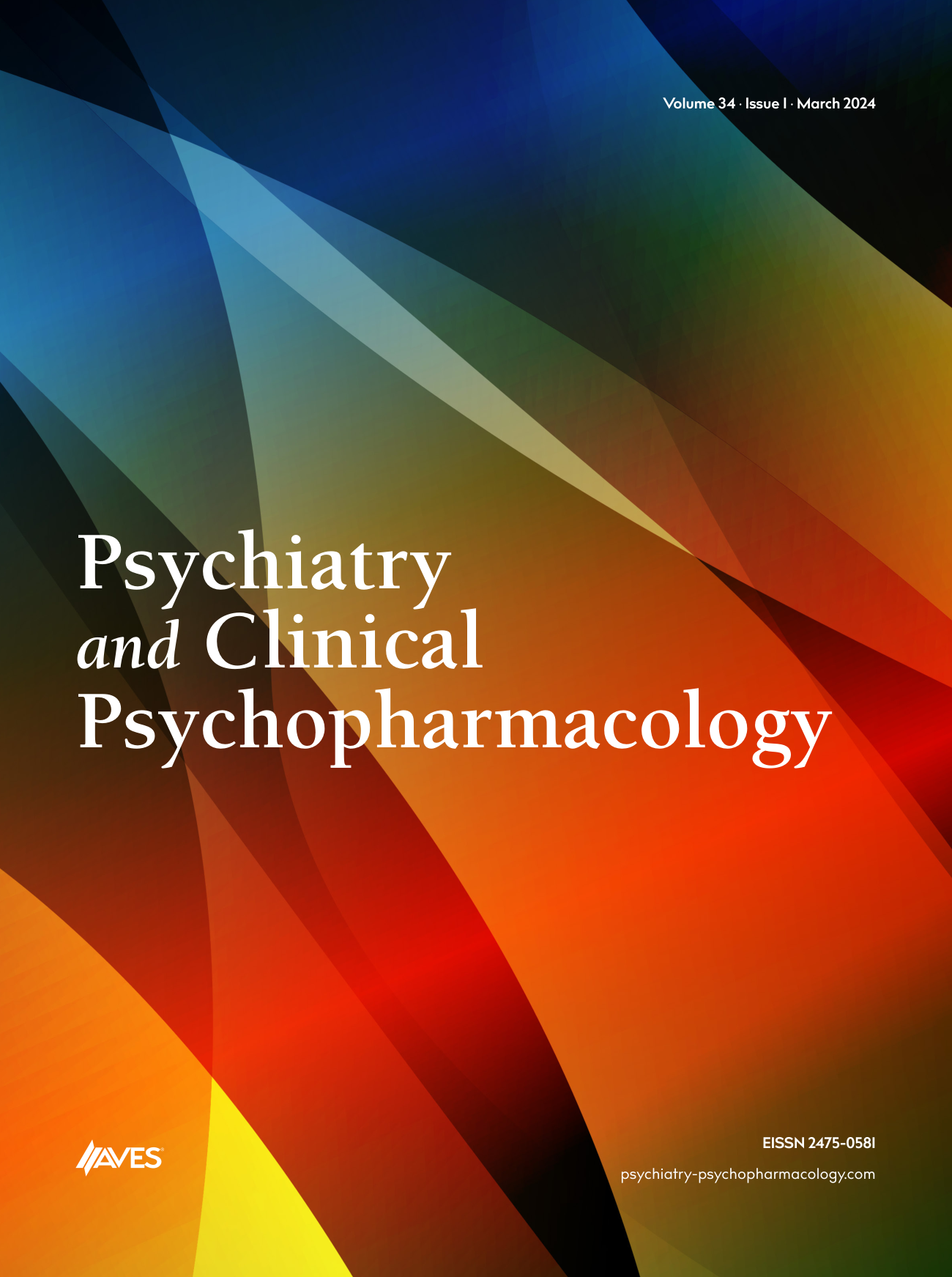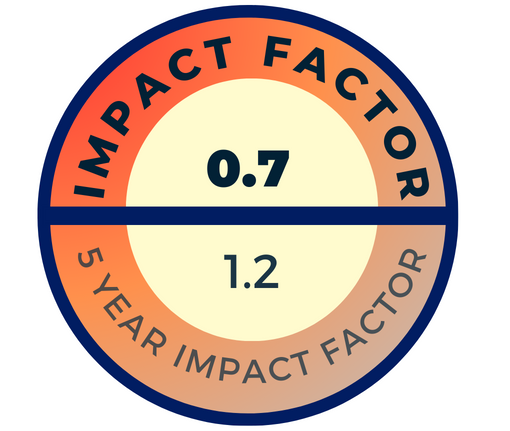People with severe mental illnesses, schizophrenia and bipolar disorder, have high prevalence of tobacco use. Table 1 shows related prevalence figures. The newest smoking cessation aid is varenicline, which was approved by the FDA in 2006. Varenicline has a novel mechanism of action, which reduces the urge to smoke tobacco and in theory limits, the positive reinforcement associated with smoking. In February 2008, a Public Health Advisory statement was issued addressing serious neuropsychiatric symptoms including changes in behavior, agitation, depressed mood, suicidal ideation, and attempted and/or completed suicide associated with the use of varenicline. The majority of published clinical trials of varenicline for smoking cessation excluded patients with an active mental illness; thus, the efficacy and safety of varenicline in a psychiatric population are relatively unknown. Although there is potential risk for psychiatric ADEs, much evidence of risk is based on information contained in case reports, which are not equivocal to that obtained from prospective controlled studies and, therefore, lack of quantitative and qualitative data leaving the frequency of this risk unknown. A 40 years old female patient, who had been diagnosed as mixed anxiety and depressive disorder, was initiated 0.5 mg/day Varenicline initiated and increased to 1 mg/day after two weeks for her smoking cessation at the 4th month of 75 mg/day venlafaxine treatment without any psychiatric adverse reaction.. At the end of the third week of varenicline co-medication, symptoms that have been ongoing for a week such as racing thoughts, increased speed of speech, increased psychomotor activity and decreased sleep appeared. Her clinician stopped varenicline but continued venlafaxine. In the second day of varenicline discontiuation, some delirious and psychotic symptoms like disorganized and self-destructive behaviors, deterioration in her orientation, persecutor and reference delusions appeared. She was admitted to the psychiatric emergency department and a statement indicated that she had psychotic agitation and significant irritability. She had auditory and visual hallucination, her sight was poor, and her judgment was deteriorated. Laboratory data (through complete blood count, blood electrolytes, liver function tests, urinalysis and torrid function tests) were all within normal range. Her 5-panel urine drug screen was positive for benzodiazepines –because of lorazepam administration-, but negative for any other drugs. The patient was admitted to the adult psychiatric unit and immediately administered 2.5 mg lorazepam expited tb p.o. and venlafaxine was discontinued. After 3 days with lorazepam treatment, her psychotic symptoms disappeared but manic symptoms continued. 5mg/ day haloperidol divided in to two doses administered and at the 6th day of haloperidol treatment, her speech was in normal rate tone and latency. Her psychomotor activity and sleep was normal, and her thought processes were logical and linear. Her affect was normal. Venlafaxine is a potent antidepressant, which has a risk for inducing mania. Varenicline has also serious psychiatric adverse effects. Clinicians should be cautious about varenicline co-medication in patients with previous mental illness.



